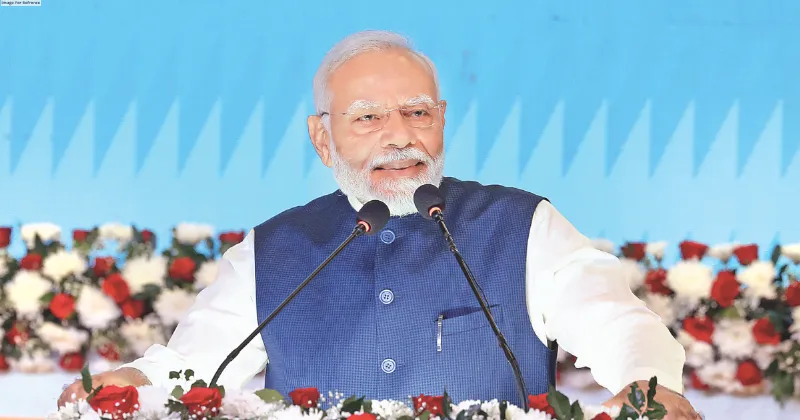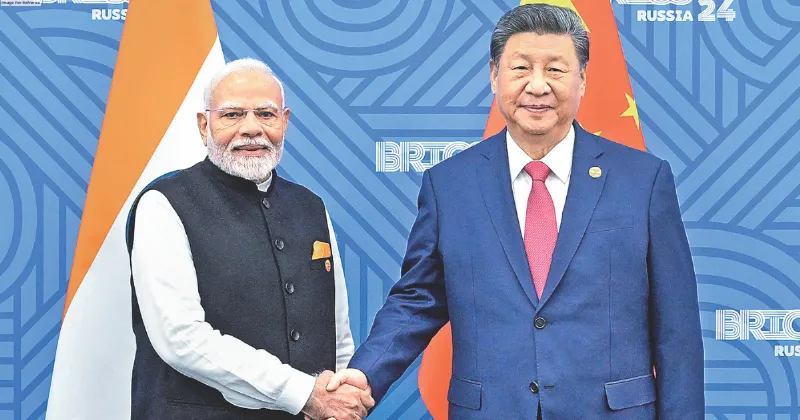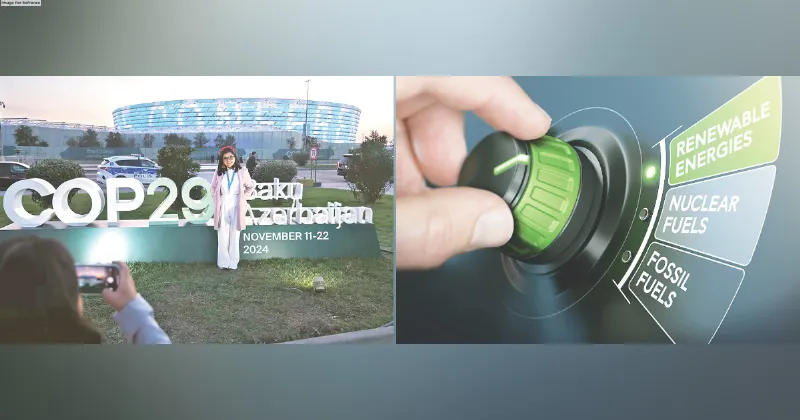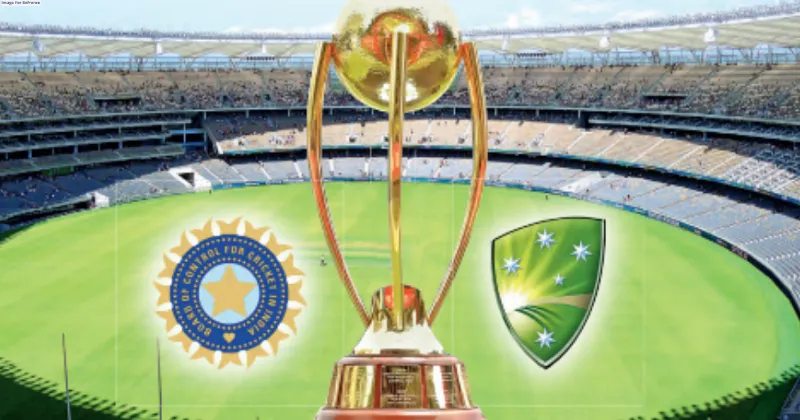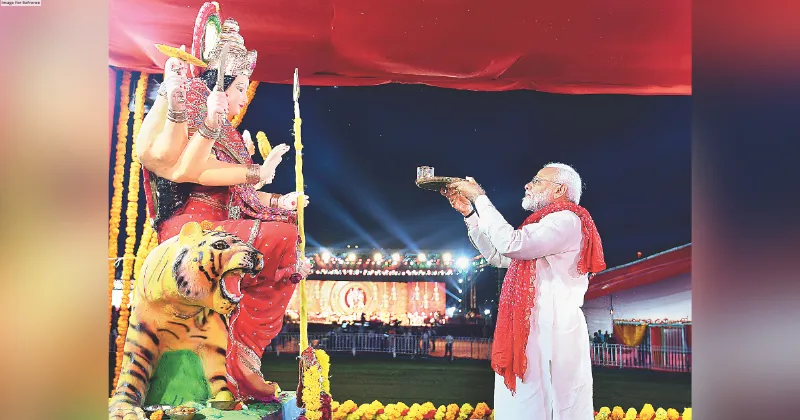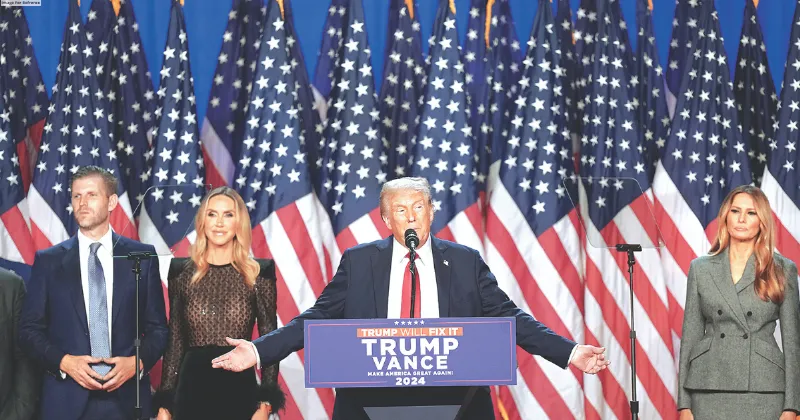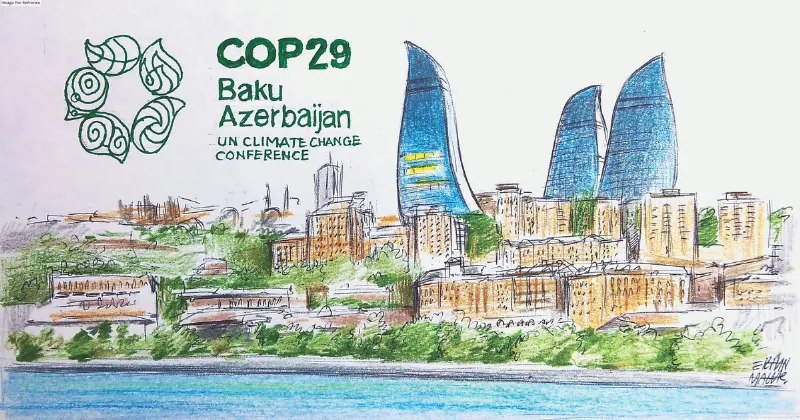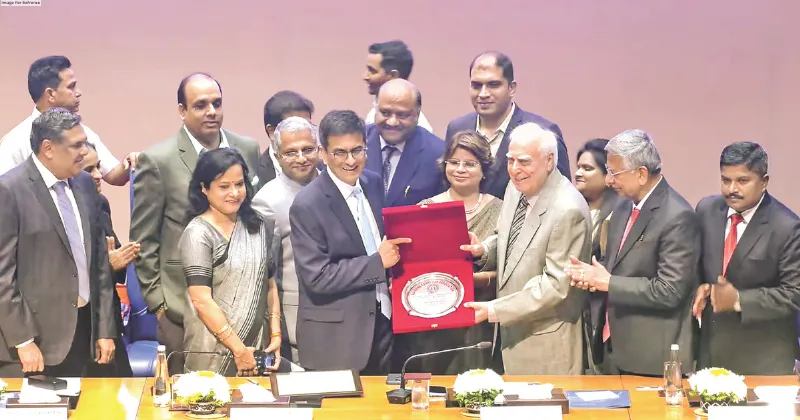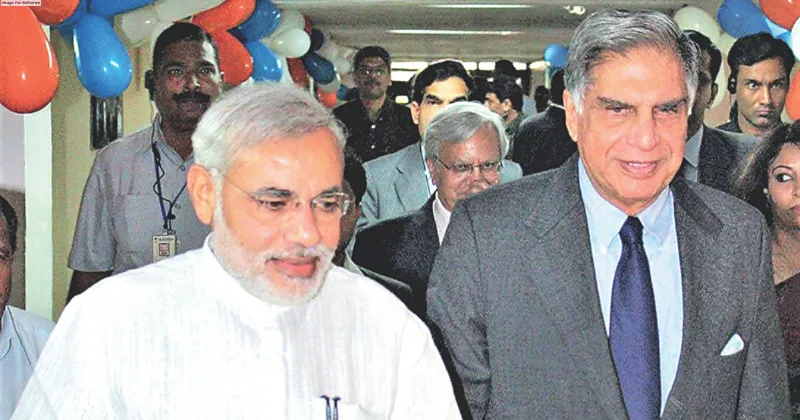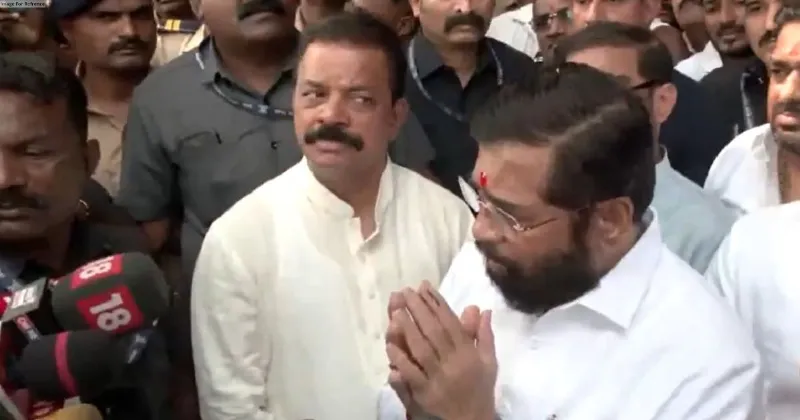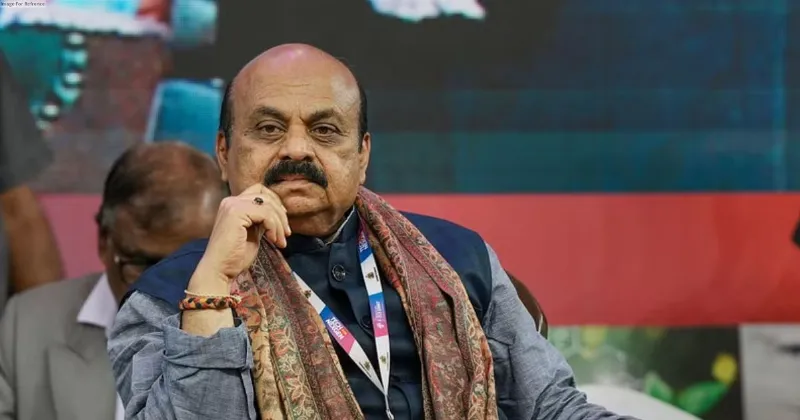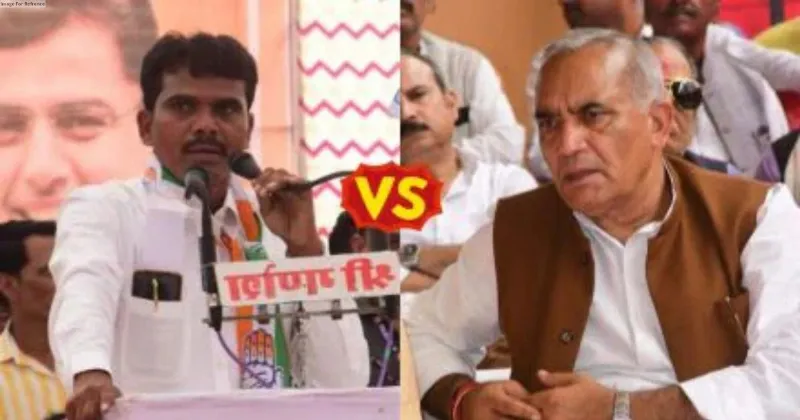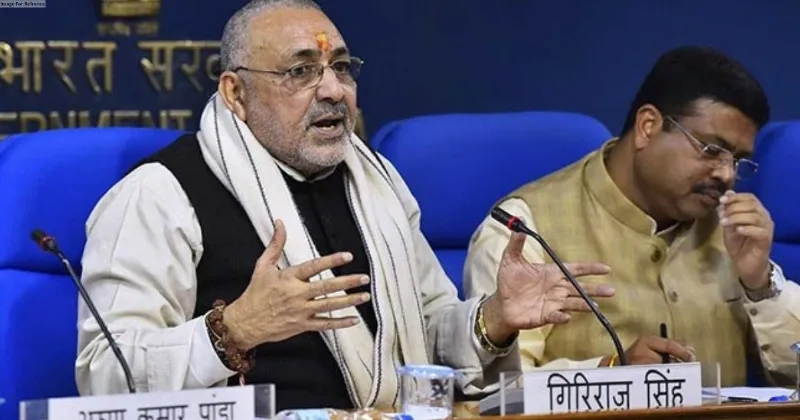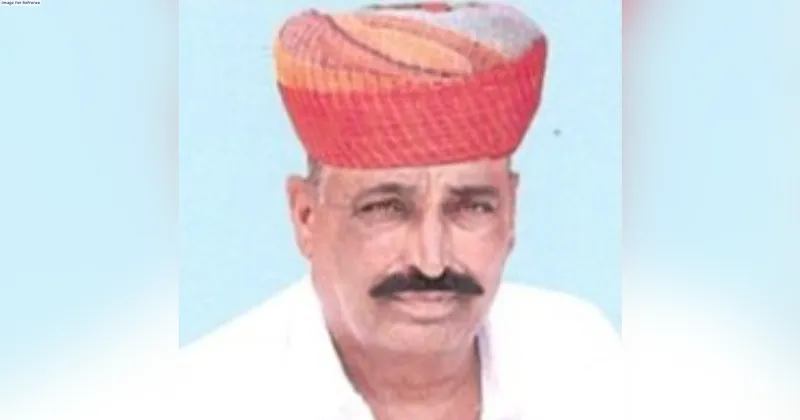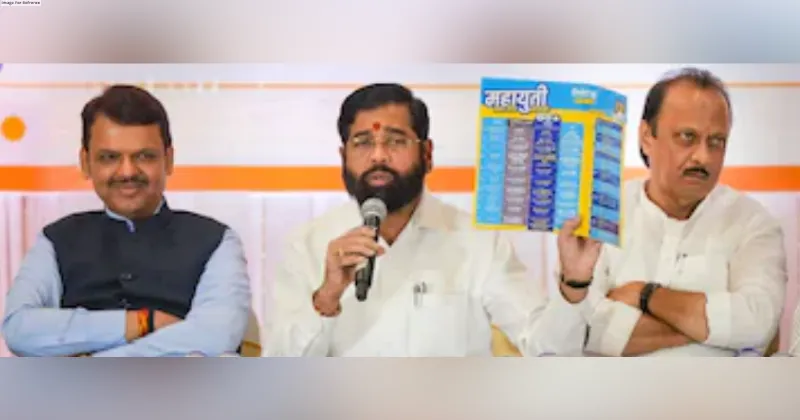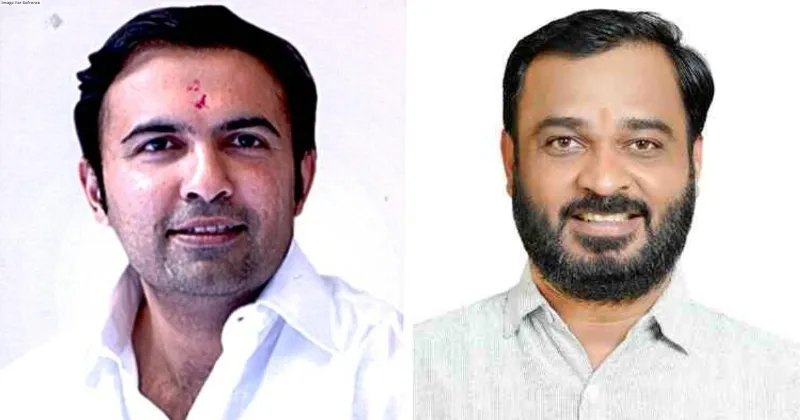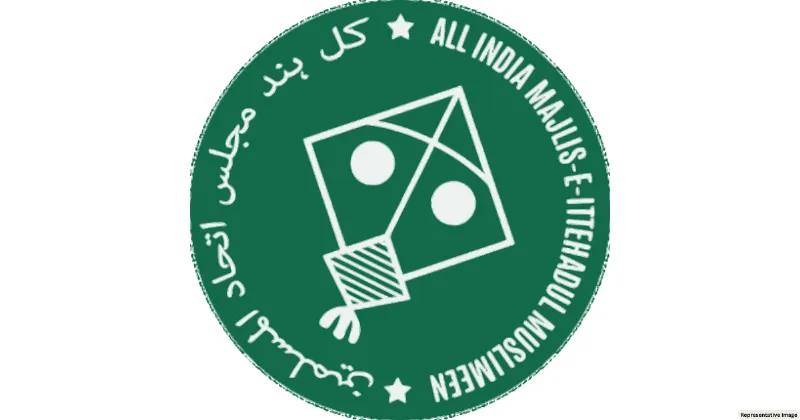Latest News
TRADITION AND MODERNITY: SHIFTING GEARS IN THE INDIAN DISCOURSE
.png)
Last month, I took my parents to visit the Hamburger Rathaus, the seat of government for the Free and Hanseatic City of Hamburg, one of Germany’s 16 states. The stunning architecture of the structure astounded us, and the statues of 20 German monarchs fascinated me.
The site reminded me of my visits to the Brandenburg Gate in Berlin. The gate was built during Germany’s imperial era. At the time, the iconic Quadriga, a bronze sculpture of Victory riding in her chariot at the top of the gate, symbolized triumph. The Brandenburg Gate was destroyed and renovated several times throughout the course of time, most recently in 2002. Today, the Quadriga represents German unity and peace. Many global leaders have given addresses at the Brandenburg Gate, hailing it as a symbol of democracy.
We admired the German approach of infusing national traditions with democratic ideas. It is relatable to us, as Indians, since it is very much similar to the Indian way of immersing our way of life in traditions. In many cases, the Western world has amalgamated monarchical traditions with liberal democratic legacies. These emblems consecrate the conviction that the march to the future must not be at the expense of the country’s culture and heritage.
India inaugurated a new parliament building this year. This calls us to ponder the relationship between the new and the old in our country, which as a state is very young, yet harbors a millennia-old civilization. What do we value? Where are we going?
It is relevant to discuss these issues as Indian Prime Minister Narendra Modi visits France. France has invited Modi as the guest of honor at the Bastille Day Parade. Bastille Day, France’s national holiday, is celebrated on July 14. It represents the victory of the people against the rule of King Louis XVI.
A section of the French strategic community has suggested that it is a miscalculation to invite Modi for the Bastille Day celebration. They have emphasized a missing link of common values between the French and Indian administrations. They stress that the Modi administration is keen to turn India into a Hindu nation.
France is a revolutionary nation. Its national day celebrates the overthrow of the old order and the creation of something untested and new. Even the Fifth Republic of France has been facing the heat in the last few weeks. Indians, on the other hand, seek a more organic relationship between their democracy and their history. For a keen observer, the episode provides an insight into the workings of Indian political and social life.
There is a dynamic character to Indian civilization. This dynamism has been manifested in Indian culture’s peculiar lifestyle decisions and philosophical perspectives on human existence and its problems.
The new parliament building has a larger seating capacity than the older building, and the voting process now uses a graphical interface and biometrics. As a “Platinum-rated Green Building,” the new edifice demonstrates India’s commitment to environmental sustainability.
The Constitutional Hall’s gallery area houses another remarkable installation called “Foucault’s Pendulum,” adding to the distinctive features of the new Parliament.
The design for the chamber of the Lok Sabha, or lower house, was inspired by the peacock, the country’s symbol. In the Mahabharata, one of India’s national epics, Bhishma Pitamah argues that a king should adopt forms like the plumes of peacocks in a variety of colors. For the upper house, the Rajya Sabha, the theme is India’s floral emblem, the lotus. The original document of the Indian constitution’s preamble also has motifs of lotus and peacock. The installation of the Sengol scepter, a powerful religious symbol, in the new parliament building unquestionably signaled the amalgamation of Dharma with democratic norms.
Aniket Bhavthankar The writer is doctoral researcher, alumni of South Asian University
SOURCE: FAIR OBSERVER


